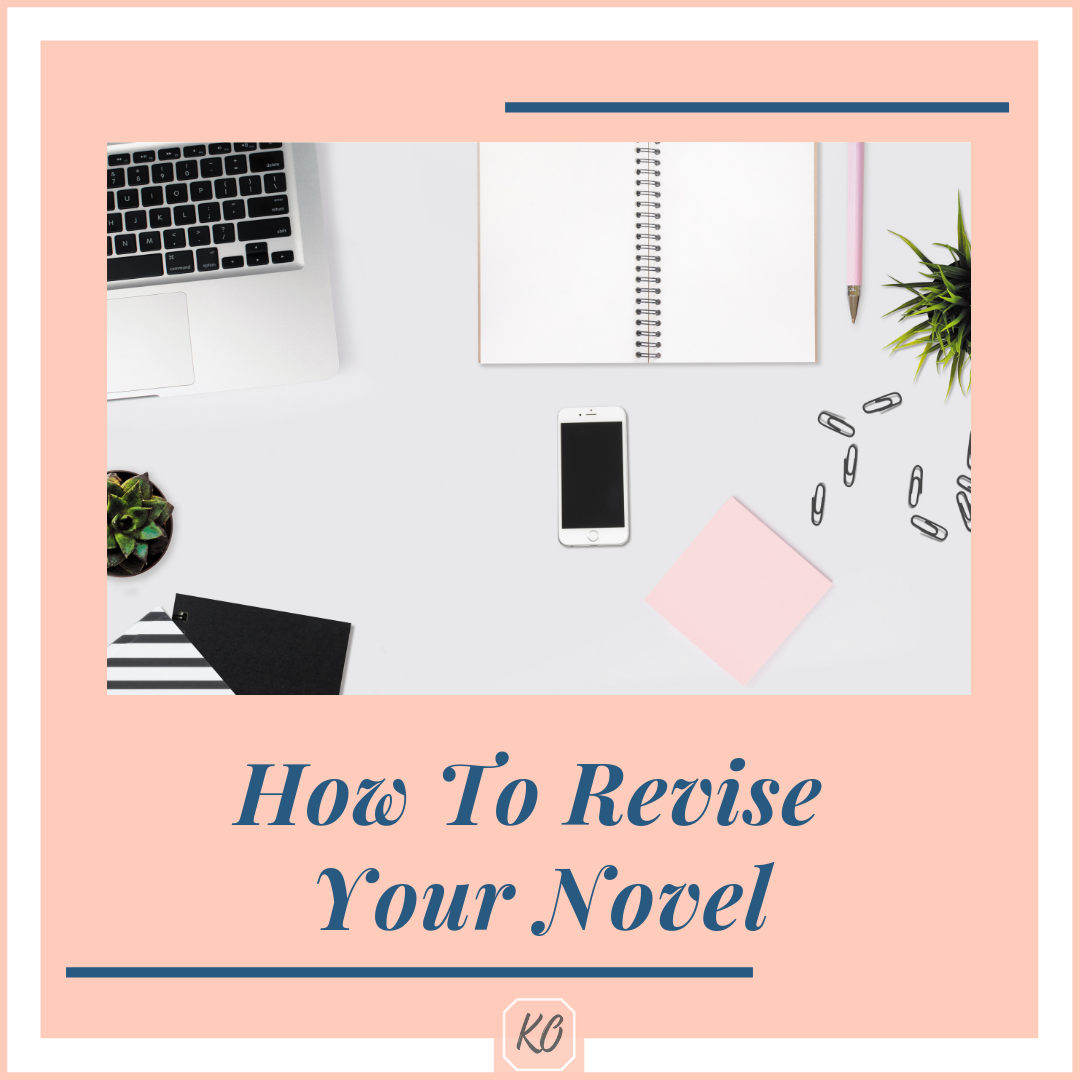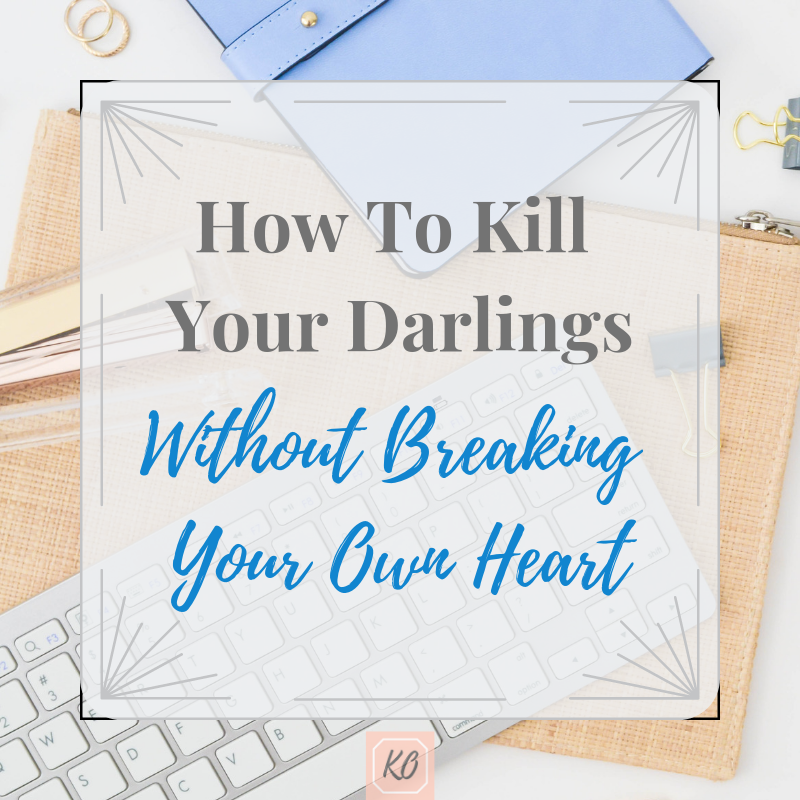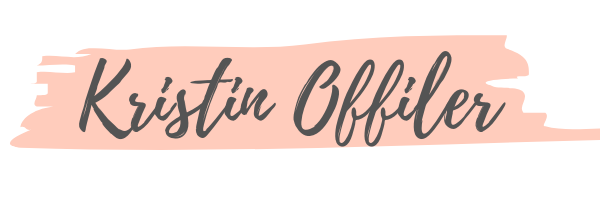
Revising is one of my favorite parts of writing, second only to when the words flow easily while drafting.
I’m nearly done writing the first draft of my latest novel, so naturally, my brain is already thinking about the revision process.
I spent fifteen months writing my first novel, and then another three years revising it.
So with all that revision experience under my belt, I’m ready to share an overview of my process with you!
If you aren’t reworking a novel, you can still take away some key revision tips from this post. Story is universal, after all.
And how you approach rewriting your work can sometimes be more about mindset than anything else.
First, Let Your Draft Rest
When I finish a draft of anything, whether it’s a novel or short story or an essay, I’ll set it aside for a period of time before I make any major changes to it.
While it’s “resting,” if you will, I might start thinking about the major areas I want to focus on in revision. But mostly I’m just thinking in this phase. I’m not doing anything with the draft itself just yet.
Letting a piece rest for a while before you revise it has major benefits for your mindset.
A little bit of distance can make a piece that once felt uber-personal feel a little less precious. And if you have some emotional distance from your work, it’s easier to alter what’s on the page.
There’s no set amount of time you should be away from your draft, but I like to put it away for at least a couple of weeks, if not longer, and work on something else in the meantime!
Start By Reading It In Full Just To Read It
Don’t worry about making changes on your first pass.
The first time you read your draft in full, your only concern should be reading to reacquaint yourself with the story.
You might want to keep a notebook with you to jot down little things you don’t want to forget, but don’t go in with a red pen on your first read-through and mark up every single line.
Read your piece once in its entirety so you know the overall pace, tone, and arc of the story. Let your brain focus on the larger-scale issues of story shape and feel at this point.
Once you’ve read it entirely, which I recommend doing in as few sittings as possible, you’ll have a good idea what the story feels like.
Did it move too fast? Too slow? Were there gaping plot holes? Does the arc feel messy? Were there elements clearly missing? Did the characters feel wooden? Try to establish your general feel of the piece as a whole after doing your first read-through.
Then…
Make A Plan
The biggest mistake I made when revising my first novel was going in without a plan.
I made line edits in sections that I eventually cut completely (waste of time!) and rearranged chapters without first addressing the overall story arc.
I learned a lot in the years I spent revising, but having a plan is the best tip I can give you. You don’t have to spend hours pre-planning how you’ll revise your book, but you should at least know what your focus will be.
Will you work on the story itself first? Maybe you need to read a book like The Plot Whisperer by Martha Alderson to help tighten up your story arc.
Do you need to focus on character development? Maybe you should work on writing exercises to help you get deeper into your characters and their motivations.
Maybe you know that a large chunk of the story isn’t right, so you start with cutting and rewriting.
Whatever you decide, make a plan and try to focus on higher-order issues first.
Sure, it can be tempting to tinker with sentences here and there, but that’s not going to help improve the story itself.
Save line edits for a later draft, when you’re nearly done and you know the sentences you’re editing are going to stay in the story.
Revise!
Once you know what your focus will be in your first round of revision, read the story again and mark all the spots that connect to the issue at hand.
For example, if you begin by examining the energetic markers in your story (this concept is from Alderson’s book — it’s worth reading!), make notes and edits to the text in direct relation to the major energetic markers.
I like to do these early revisions with the story printed out on paper. It’s thrilling to hold your novel in your hands for the first time, even if it’s still just a messy first draft!
There’s just something about holding a physical copy of your story that’s so different from seeing it on a screen.
You can print longer works out at places like Staples and have them bind it if you want. The first time I printed out a novel to revise, I didn’t have them bind it. Instead, I used binder clips to hold each chapter together.
You don’t HAVE to print your story out, though. You can just as easily revise and make comments/edits in Word or even Google Drive. Whatever will help you stay the most organized and clear.
Once you’ve done a full pass of your novel with one key focus area in mind, you can start making the changes you noted or you can move on to the next key focus area.
There are so many ways to revise, and I think each writer must figure out which method will work the best for their brain and their story. Don’t be afraid to experiment a bit and make mistakes. That’s the only way I figured out the revision style I prefer.
Prepare Yourself For Many Rounds Of Revision
I don’t know anyone who can produce a perfect draft on the first or even second attempt. It will likely take many passes before your story starts to feel polished and ready for readers.
And that’s ok!
There’s no reason to rush the revision process if you don’t have to. It takes however long it takes to get the story right. Use that as a mantra if you ever start to feel impatient and frustrated that you’re not done yet.
If you maintain a mindset rooted in curiosity and open-mindedness, you’ll find the revision process much more enjoyable. Look at every pass as a chance to learn something new about your writing, yourself, and the story.
Try to see revision as an exciting experience you get to have with your craft.
It’s where you take this messy and misshapen story and smooth it out so it’s beautiful and more reflective of what you initially saw in your mind.
Cultivate a sense of curiosity (what would happen if I wrote X?) and a sense of openness (it might be interesting to do X instead of Y) with your revision process.
Try not to see it as a drudge, but rather a chance to make the story better and better.
And truly, don’t despair if revision takes you many, many rounds to get right. Each pass gets you closer to the finished product!
Next Step: Beta Readers
Beta readers are a whole separate topic for another blog post, but I’ll mention it here since it’s part of my revision process.
Real talk: the longer I spend writing and revising a piece, the less clearly I can see it for what it is.
Basically, I usually get to a point in my process where I can no longer tell if I’m making the story better or if it’s even any good. It’s almost like wearing blinders. Is this working? Am I destroying this or making it stronger? Who even am I? What’s the point of life?
I’m sort of kidding. But not really! Because these are all things I’ve thought or even said to my writing group and beta readers.
So when you hit a point where you’ve done as much work on a draft as you can and you need the insight of other people, it’s time to think about beta readers.
Beta readers are valuable because they can point out issues you never considered before, ask questions that make you dig deeper into your story, and maybe even give you validation that you’re moving in the right direction.
That alone makes the revision process seem less daunting. But, like I said, I’ll revisit beta readers (who they should be, how to find them, what to ask of them) in another post.
Do you love revision, or do you dread it? Tell me in the comments below!

When you write something good, you know it’s good.
It feels like a big YES on the page. It’s unique, it’s smart, it’s totally different from anything else you’ve written. You love it for how good it is but also for the fact that your brain came up with it.
The thing you wrote is so brilliant. YOU are so brilliant.
Darlings are parts of your writing that you feel are especially well-written or clever or special. Your affection for them is more profound than what you feel for the rest of your writing in general.
They reflect your own writing skills back at you. Darlings might take you by surprise, proving that you do in fact have what it takes to be a great writer.
We cling to them because of how they make us feel. We want to keep them because they remind us of what we can do.
William Faulkner famously said, “In writing, you must kill all your darlings.”
I’d venture to say almost every writer has heard this bit of advice before. Maybe you’ve tried it but found it too difficult to slash all the things you love most about your writing. I don’t blame you.
So how exactly are you supposed to kill your darlings without breaking your own heart?
Practice Not Being Precious About Your Work
One of my biggest takeaways from writing consistently in my 20s and doing an MFA program when I was still a fairly new writer was that I simply could not be precious about my work.
I had to learn not to put too much importance on any single story or sentence or idea that I came up with.
In the beginning, I spent a lot of time clinging to the parts of my writing that I thought were especially good.
I don’t think this is a bad thing, though. It’s wise to recognize what you like about your own writing. It’s also nice to feel like you’ve got a handle on this writing thing once in a while, too. Give yourself props where props are due!
With that said, just know that when you treat your writing with too much preciousness, it becomes harder to do the necessary work in revision that often requires us to cut things we really love.
The best way I’ve found to feel less attached to the work I produce is to make a lot of it! Keep writing. Keep producing. You’ll naturally improve over time and you’ll definitely find new things to love about your work.
Trust That You’ll Come Up With Something Else Brilliant
Part of the reason it hurts so much to kill our darlings is we fear we’ll never write something that great again.
This is why it’s crucial to keep creating.
Write… then revise, cut, rework the things you love that just aren’t working anymore, and keep writing. That’s honestly the best formula I’ve found for doing this in a way that hurts as little as possible.
Because if you don’t keep writing, if you pour everything you’ve got into one piece of work for so long that it’s the only thing you have, you’ll feel too attached to see it clearly and revise it well. You won’t feel capable of killing your darlings. It’ll just be too painful.
Trust that you’ll always be able to come up with more brilliance in your work. It might take a lot of effort or trial and error to get there, but you’ll be able to do it again.
If you wrote a line that you really, really love in a story, but it doesn’t work anymore or it’s distracting for the reader or it doesn’t lend any clarity to the text, for example, appreciate it for what it gave you (confidence) and cut it knowing full well you can write something as good or better if you keep trying.
Don’t Cut It Just Because You Like It
When I teach writing, I tell my students over and over again to trust their instincts.
You absolutely must trust your instincts when it comes to killing your darlings.
Only you know if you love something you’ve written because it makes you feel good about yourself, or if it actually works in the story.
If it’s only on the page because it makes you feel like a competent writer, you’ll want to examine it in the bigger scheme of your story.
Does it advance the story? Does it clarify something for the reader? Does it pull its weight on a character or plot level, or is it just there to make you look smart?
BUT… don’t cut something simply because you love it. If you love it and it works, it had better stay on the page!
You don’t have to read through your writing and slash everything you like. You just have to think critically about whether the things you like actually belong in the story.
This means trusting your instincts, taking a good look at your story overall, and making decisions that separate your feelings of worth as a writer from the work on the page.
